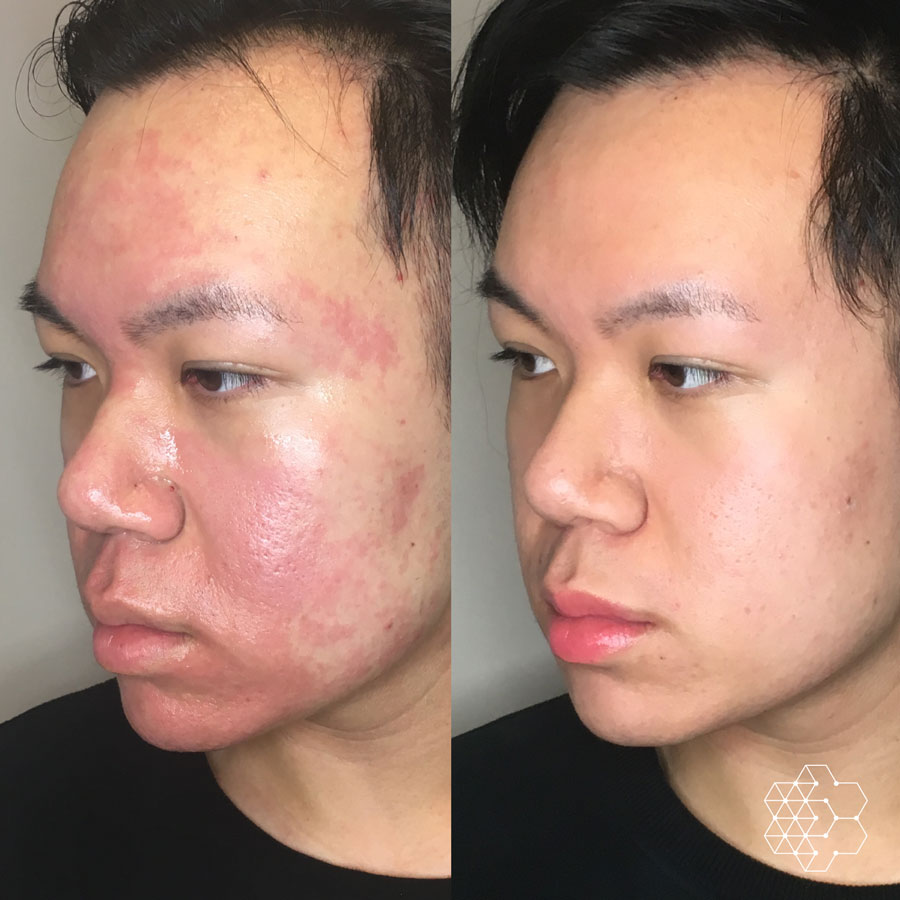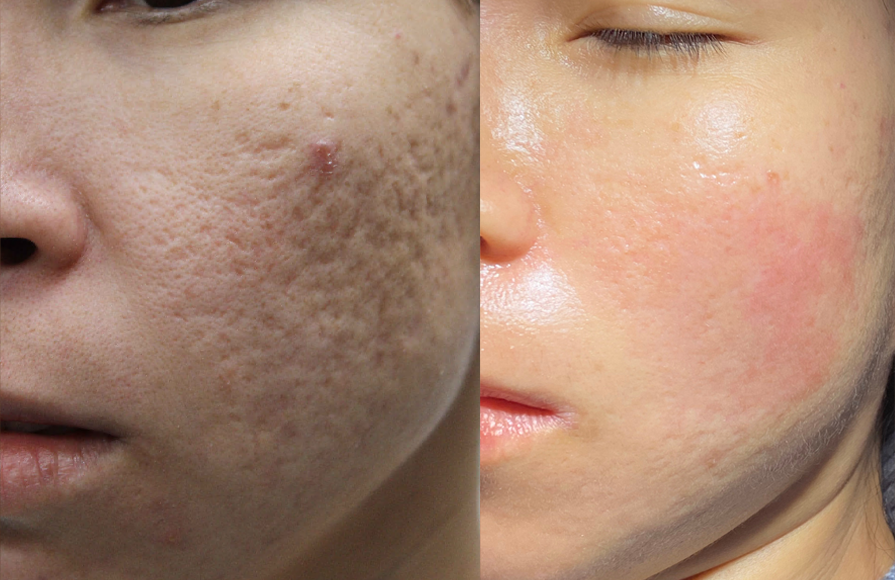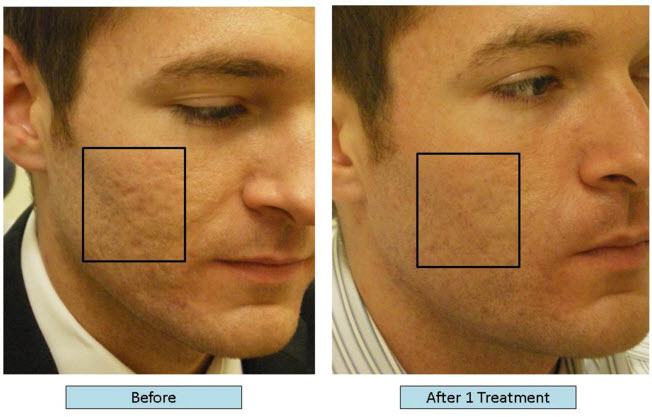Comprehending the Numerous Skin Conditions and Efficient Treatment Options for Acne Marks
Acne marks represent an intricate interplay of skin disease that significantly effect people' self-confidence and overall skin health. Recognizing the unique kinds of acne scars-- hypertrophic and atrophic-- together with their underlying reasons, is critical for determining efficient treatment methods. Various restorative alternatives exist, ranging from sophisticated dermatological procedures to all-natural treatments. Nevertheless, the effectiveness of these treatments frequently pivots on personalized analyses by certified experts. As we discover the landscape of acne scar monitoring, it comes to be noticeable that the trip towards clearer skin may involve greater than just topical remedies.
Sorts Of Acne Marks

On the other hand, hypertrophic scars result from an overproduction of collagen throughout the healing process, leading to raised locations on the skin. These scars are frequently strong and can differ in shade, often appearing red or darker than the surrounding skin.
Understanding these types of acne scars is important for establishing a reliable therapy plan - acne scars treatment. Alternatives might include chemical peels, laser treatment, microneedling, or dermal fillers, tailored to the certain mark type. A complete consultation with a skin doctor can help identify one of the most appropriate intervention, thinking about the person's skin kind, mark severity, and general skin health and wellness
Reasons of Acne Scarring
Marking takes place as a result of the body's all-natural healing feedback to swelling and injury brought on by acne lesions. When acne types, it activates an inflammatory feedback, resulting in the release of different cytokines and growth elements that promote recovery. This process can in some cases lead to excessive tissue formation or poor fixing, resulting in scars.
The primary root causes of acne scarring include the severity of the acne itself, period of the lesions, and specific skin kinds. Extreme inflammatory acne, such as cysts and nodules, is most likely to result in scarring as a result of much deeper tissue damage. Additionally, inappropriate handling of acne lesions, such as selecting or squeezing, can worsen tissue injury and inflammation, raising the likelihood of scarring.
Genetic predisposition additionally plays a substantial function; individuals with a household history of scarring are at a greater danger. Skin type and shade can influence mark development, as darker skin tones may experience post-inflammatory hyperpigmentation, while lighter skin may create atrophic scars.
Ultimately, recognizing these causes is necessary in managing acne and reducing the possibility for scarring.

Treatment Choices for Scarring
Effective therapy alternatives for acne scarring differ depending on the type and extent of the marks. Typically categorized right into atrophic, hypertrophic, and keloid marks, these conditions require customized techniques for ideal results.
For atrophic scars, which are characterized by a loss of cells, therapies such as chemical peels, microdermabrasion, and laser therapy are generally utilized. These methods advertise skin revival and promote collagen manufacturing, consequently enhancing visit this page skin structure. Subcision, a minimally invasive treatment, can also work by separating coarse bands below the skin.
Hypertrophic and keloid marks can be much more testing to treat. Alternatives consist of corticosteroid injections to reduce inflammation and squash the marks. In many cases, cryotherapy or laser treatment may be suggested to minimize their look.
Surgical options are offered for extreme scarring, where excision or skin grafting might be necessary. It's essential for individuals to speak with a skin specialist to assess their certain scar type and go browse around these guys over one of the most suitable treatment strategy. Combining several treatments often produces the ideal outcomes, making sure that each patient's distinct skin disease is addressed successfully.
Home Remedies and All-natural Solutions
All-natural services and natural remedy can give an available method for people looking for to improve the appearance of acne scars (acne treatment for sensitive skin). Numerous components located in the home kitchen area have actually demonstrated potential benefits in enhancing skin structure and advertising recovery

One more effective option is lemon juice, which works as a natural exfoliant and can lighten hyperpigmentation. It needs to be utilized cautiously, as it might trigger photosensitivity. Oatmeal masks are additionally beneficial; their mild exfoliation can aid eliminate dead skin cells while soothing inflammation.
Necessary oils, such as tea tree oil and lavender oil, can even more sustain mark healing due to their antimicrobial residential or commercial properties. It is crucial to do a spot test before applying any kind of remedy to make certain there are no unfavorable reactions. These all-natural solutions can be a corresponding strategy in the journey to reduce acne marks.
Avoiding Future Scarring
Embracing a positive technique to skin care can considerably minimize the risk of developing future acne scars. Regular cleansing, peeling, and hydration can help maintain skin health and prevent blocked pores.
Additionally, avoiding the lure to press or select acne sores is vital, as this can cause swelling and succeeding scarring. Instead, individuals ought to concentrate on applying topical therapies that advertise recovery and decrease inflammation. Ingredients such as salicylic acid, benzoyl peroxide, and retinoids are known for their efficacy in handling acne and reducing marks.
Sun security is another vital element; exposure to UV rays can hinder and dim scars recovery. Utilizing a broad-spectrum sunscreen daily can mitigate these results.
Finally, maintaining a healthy diet rich in anti-oxidants and staying hydrated assistances skin regeneration. By applying these safety nets, individuals can significantly decrease their risk of future scarring and promote general skin health.
Final Thought
In conclusion, a thorough understanding of acne marks, including both atrophic and hypertrophic kinds, is crucial for effective treatment approaches. Tailored treatments, including specialist treatments and home solutions, can substantially boost skin look and structure. Safety nets additionally play a vital role in lessening future scarring. Examination with a dermatologist stays important to design personalized techniques that take into consideration private skin types and mark extent, ultimately improving the effectiveness of mark management methods.
Acne marks stand for an intricate interplay of skin conditions that substantially effect people' self-esteem and overall skin health. The 2 key groups of acne marks are hypertrophic and atrophic marks. These scars are further identified into 3 subtypes: ice pick marks, which are slim and deep; boxcar marks, which are larger and have well-defined sides; and rolling scars, which create a wave-like look due to irregular skin texture.
A comprehensive examination with a skin specialist can aid establish the most appropriate intervention, taking into account the individual's skin kind, scar seriousness, and overall skin health.
Appointment with a skin specialist next stays critical to design individualized methods that consider specific skin types and mark seriousness, inevitably boosting the efficacy of mark management techniques.
Comments on “Acne and Acne Scars Treatment: Professional Solutions for Lasting Outcomes”